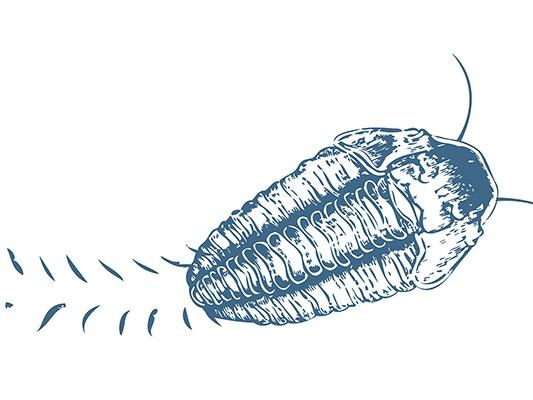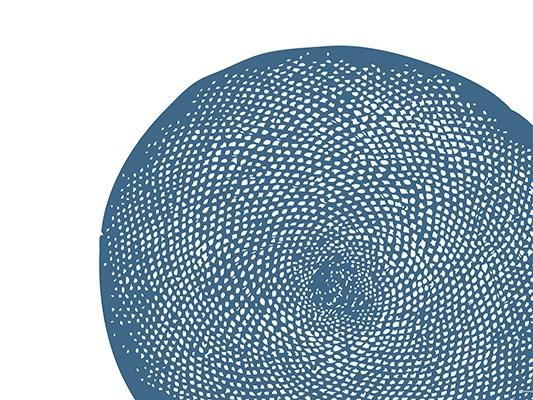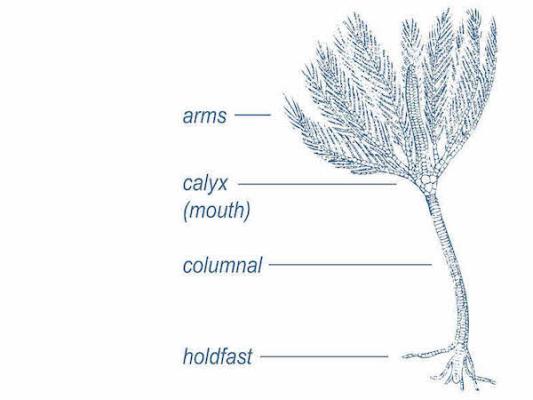Ordovician Sea
Dive In!
Illinois was once covered by a warm, shallow sea! Go back in time 470 million years ago—long before the dinosaurs—and Rockford is a very different place—peek inside to discover the fossils that tell this story. Cone-shaped predators shoot through the water in search of food. A garden seems to blossom from the sea floor, but those are not plants–they are animals.
A newly renovated exhibit features specimens you can touch, newly renovated specimen selections, large viewing portholes, and a lifelike diorama that recreates the shallow seas of ancient Rockford in a fish tank-like display before you.
WHO CAN YOU SPOT IN THIS EXHIBIT?

Trilobites
AN ANCIENT ARTHROPOD
They have jointed legs, a hard outer skeleton, and a segmented body. Do they look like anything we can find today?

Ordovician Algae
AN ANCIENT PLANT
Algae do not usually become a fossil because it is so soft, so when it dies, it often rots away before it can be preserved. However, one group of algae called Receptaculitids (ree-sep-tac-you-lie-tidz) has a hard skeleton that can fossilize.

Ancient Crinoids
A SURPRISING ANIMAL
Crinoids are sometimes called “sea lilies” because they look like flowers growing out of the sand, but they are actually animals with the ability to move across the seafloor! They are related to starfish and sea urchins. Meet some at Burpee!
